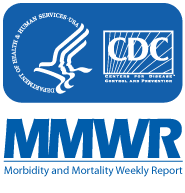CDC: COVID-19 exposure reduction via physically distanced seating in aircraft cabins
Editor's Note
This study by researchers from the Centers for Disease Control and Prevention (CDC) finds that, based on a data-driven model, keeping middle seats in aircraft cabins vacant could reduce exposure to COVID-19.
Compared with full aircraft occupancy, exposures to viable virus particles in scenarios when middle seats were kept vacant were reduced by 23% to 57%.
For the 23% exposure reduction, an adjacent passenger was moved one seat further away from an infectious passenger.
The total reduction in exposure for a full 120-seat cabin yielded a reduction of:
- 35% to 36.4% for one infectious passenger
- 35.1% to 38.2% for two infectious passengers
- 35.9% to 39.4% for three infectious passengers.
For the 57% reduction, there was a cluster of nine infectious passengers (including three in middle seats) among 18 total passengers in three rows.
Removing the infectious and other passengers who would have had middle seats, which would leave six infectious passengers out of 12 passengers in window and aisle seats, yielded a 57% reduction in COVID-19 exposure.
Physical distancing between aircraft passengers and lowering passenger density could provide reductions in risk for exposure to COVID-19, the authors say. The effects of passengers wearing masks on the aerosol dispersion behavior were not measured.
Read More >>

 Free Daily News
Free Daily News